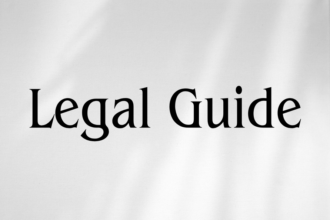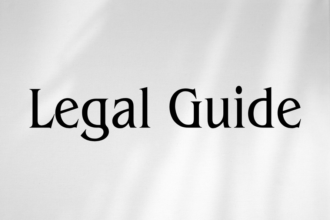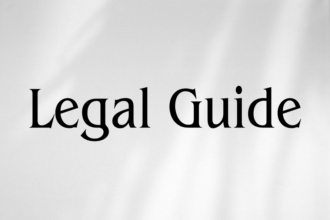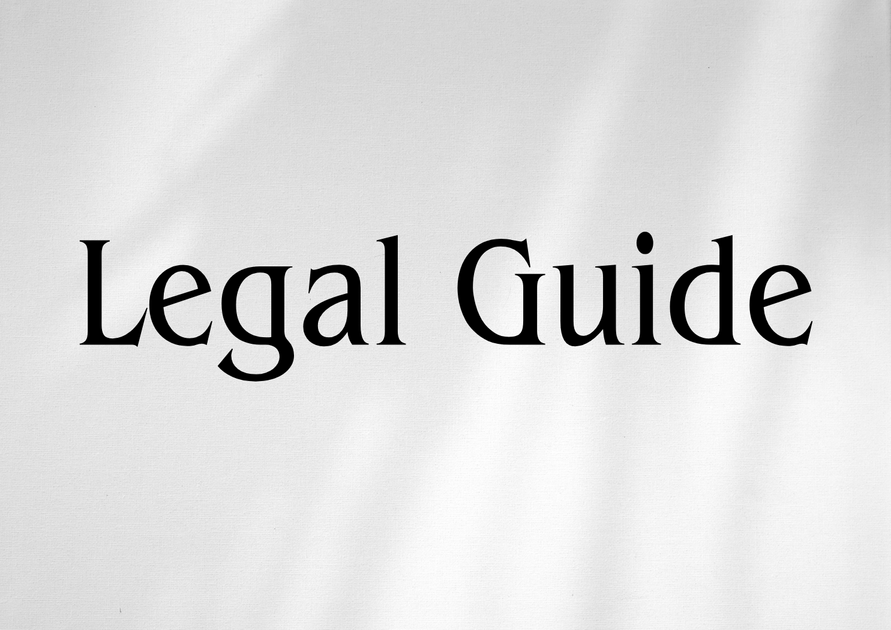Introduction
The United Arab Emirates (UAE) stands at the forefront of global aviation, hosting some of the world’s busiest airports and homegrown carriers renowned for safety and sophistication. Given the critical economic and strategic role of civil aviation to the UAE, ensuring compliance with International Civil Aviation Organization (ICAO) standards is both a legislative imperative and a reputational necessity. Recent legal updates, as codified by multiple federal decrees and ministerial resolutions, have redefined how UAE stakeholders address aviation safety, security, and operational standards. This advisory article provides expert legal analysis and actionable guidance on compliance with ICAO standards in the UAE, critically relevant for aviation operators, airlines, ground service providers, legal practitioners, and corporate executives in 2025 and beyond.
The confluence of regulatory alignment, proactive enforcement, and futureproofing through technology-driven reforms has positioned the UAE as a model jurisdiction for aviation safety. Yet, this regime involves complex compliance obligations and legal risks if misconstrued or neglected. This comprehensive brief distills the latest legal developments, regulatory best practices, risk management insights, and compliance checklists essential for all organizations operating within the UAE’s dynamic aviation sector.
Table of Contents
- ICAO Standards and Their Relevance to UAE Law
- The UAE Aviation Regulatory Framework
- Latest UAE Law 2025 Updates and Key Decrees
- Ensuring ICAO Compliance: Practical Legal Strategies
- Comparative Analysis: Historic versus Contemporary Laws
- Case Studies: Compliance in Practice
- Risks of Non-Compliance and Penalty Structures
- Best Practices and Proactive Compliance Strategies
- Conclusion and Forward Outlook
ICAO Standards and Their Relevance to UAE Law
The Essence of ICAO SARPs
The International Civil Aviation Organization (ICAO), a United Nations specialized agency, promulgates Standards and Recommended Practices (SARPs) that govern international civil aviation safety and security. These SARPs, codified primarily within the 19 Annexes of the Chicago Convention, establish baseline requirements for airworthiness, personnel licensing, operations, security, accident investigation, and environmental protection.
Why ICAO Compliance is Legally Significant in the UAE Context
The UAE, a signatory to the Chicago Convention since 1972, is legally obligated to incorporate ICAO SARPs into its national aviation laws. For UAE-based operators, ICAO compliance is not only a regulatory requirement but also safeguards vital interests across insurance, commercial partnerships, and international aviation rights. Non-compliance may result in international sanctions, flight restrictions, or reputational damage.
The UAE Aviation Regulatory Framework
Key Regulatory Bodies
The UAE’s robust aviation oversight relies on a multilayered regulatory framework governed principally by:
- General Civil Aviation Authority (GCAA)
- UAE Ministry of Energy and Infrastructure
- Relevant Emirates-level aviation authorities (e.g., Dubai Civil Aviation Authority)
Primary Legal Instruments
The UAE’s aviation regulatory regime is enshrined in:
- Federal Law No. (20) of 1991 on Civil Aviation (as amended)
- Federal Decree-Law No. (12) of 2023 on Regulation of Civil Aviation
- Ministerial Resolutions aligned with ICAO SARPs
Significantly, Federal Decree-Law No. (12) of 2023 was promulgated to harmonize local standards with updated ICAO requirements, reinforcing the UAE’s commitment to a globally interoperable aviation safety net.
Latest UAE Law 2025 Updates and Key Decrees
Alignment to ICAO Post-2023
Recent updates, notably under Federal Decree-Law No. (12) of 2023 and select Cabinet Resolutions, have been transformative. Key features include:
- Explicit adoption of ICAO SARPs across safety, security, and environmental Annexes
- Reinforced oversight mechanisms, with mandatory safety management systems (SMS)
- Expanded regulatory scope to new aviation technologies (e.g., UAVs/drones)
- Bolstered enforcement and penalties for violations
Ministerial Implementation Guidelines
GCAA Circulars and technical instructions further detail the operationalization of ICAO standards, including personnel licensing, safety audits, accident reporting protocols, and continuous oversight.
Main Legal Sources
- UAE Ministry of Justice
- UAE General Civil Aviation Authority
- UAE Ministry of Human Resources and Emiratisation
- UAE Government Portal
- Federal Legal Gazette
Ensuring ICAO Compliance: Practical Legal Strategies
Embedding ICAO SARPs within UAE Law: How Firms Should Respond
ICAO mandates within the UAE are binding on operators, airports, maintenance organizations, training entities, and other stakeholders. Legal obligations include:
- Implementing ICAO-compliant safety management systems (SMS) (Annex 19)
- Meeting strict personnel licensing (Annex 1) and airworthiness (Annex 8) requirements
- Fulfilling Annex 17 security directives through enhanced screening and incident reporting
- Engaging in regular GCAA audits, self-assessments, and demonstrating corrective action plans
Consultancy Insights
Legal advisors must equip clients with tailored compliance maps, robust internal audit procedures, and escalation protocols for reportable events. Proactive legal risk assessments and staff training are key to demonstrating a culture of compliance.
Comparative Analysis: Historic versus Contemporary Laws
The evolution of UAE aviation law toward ICAO alignment can be succinctly illustrated through a comparative table:
| Area | Old Regime: Federal Law No. (20) of 1991 | New Regime: Federal Decree-Law No. (12) of 2023 |
|---|---|---|
| ICAO SARP Incorporation | Partial, selective adoption | Explicit, comprehensive incorporation |
| SMS Implementation | Not mandatory | Mandatory for all operators (ICAO Annex 19) |
| Penalty Framework | Fixed fines, disciplinary actions | Tiered penalties, enhanced enforcement, compliance-linked sanctions |
| Scope | Limited to conventional aviation | Covers new technologies (drones, eVTOLs, etc.) |
| Oversight | Periodic GCAA inspections | Continuous monitoring, digital audit trails |
Case Studies: Compliance in Practice
Case Study 1: Large UAE-Based Airline
After new ICAO-aligned rules were brought into force under Decree-Law No. (12) of 2023, a major UAE airline implemented a revamped SMS, integrated real-time safety reporting, and enhanced data analytics for incident prevention. In a GCAA audit, the airline demonstrated full alignment, avoided punitive sanctions, and safeguarded its international route access.
Case Study 2: Ground Handling Operator
An airport ground services company failed to update its security screening protocols in line with the latest ICAO Annex 17 amendments. Following a regulatory inspection, significant fines were imposed and the firm’s approval was temporarily suspended until remedial compliance measures were validated by the GCAA.
Hypothetical Example: Drone Delivery Start-Up
A technology start-up launching drone-based delivery services must comply with ICAO SARP-driven GCAA regulations for unmanned aircraft. By engaging early-stage legal counsel, the start-up implemented pre-emptive compliance policies, fast-tracked licensing, and accessed new investment sources due to robust risk management credentials.
Risks of Non-Compliance and Penalty Structures
Legal and Commercial Risks
- Severe Penalties: The revised Decree-Law No. (12) of 2023 prescribes tiered fines, operational suspensions, and potential criminal liability for flagrant breaches.
- Contractual Restrictions: Non-compliant entities risk losing insurability, aircraft leasing rights, and international partnership opportunities.
- Reputational Damage: Any regulatory breach—especially those involving safety—can undermine brand value and stakeholder trust.
Penalty Comparison Chart
| Breach Type | Pre-2023 Penalty | Post-2023 Penalty |
|---|---|---|
| SMS Non-Implementation | Written warning | Fines up to AED 1,000,000, suspension of operations |
| Unlicensed Operations | Fine up to AED 250,000 | Fine up to AED 2,500,000, criminal referral |
| Security Breach | Temporary approval suspension | Immediate suspension, criminal liability for gross negligence |
Best Practices and Proactive Compliance Strategies
Compliance Checklist for UAE Aviation Entities
- Conduct full legal gap analysis against all ICAO Annexes
- Designate a compliance officer and legal liaison with GCAA
- Implement integrated SMS and data-driven oversight mechanisms
- Update policies, contracts, and vendor agreements to reflect new law
- Develop internal reporting, audit, and incident escalation protocols
- Maintain clear documentation to evidence compliance in GCAA reviews
- Regularly train staff and stakeholders on updated legal requirements
Visual Aids and Tools
- Suggested Visual: A process flow diagram illustrating the steps for ICAO-compliant incident reporting from frontline personnel to senior management and regulatory escalation.
- Suggested Table: A compliance self-audit table mapping each ICAO Annex to relevant UAE legal provisions and required documentation.
Conclusion and Forward Outlook
The UAE’s consistent elevation of aviation standards—culminating in the explicit integration of ICAO SARPs within its legislative and operational fabric—has fortified its stature as a global aviation hub. For organizations, the legal environment in 2025 and beyond demands active engagement, rigorous compliance protocols, and ongoing legal awareness.
These regular updates do not only protect public and commercial safety—they support international connectivity, unlock commercial opportunity, and position the UAE market for future innovation in unmanned aviation, green technologies, and smart airport infrastructure. To remain competitive and compliant, organizations must anticipate legal modifications, invest in robust legal counsel, and foster a proactive compliance culture across their operations.
Legal practitioners and corporate stakeholders should continuously monitor official sources such as the Ministry of Justice, GCAA, and the UAE Government Portal for authoritative updates. Proactivity, legal preparedness, and effective communication are the cornerstones for leveraging the benefits of the UAE’s alignment with ICAO and future-ready aviation regulations.




